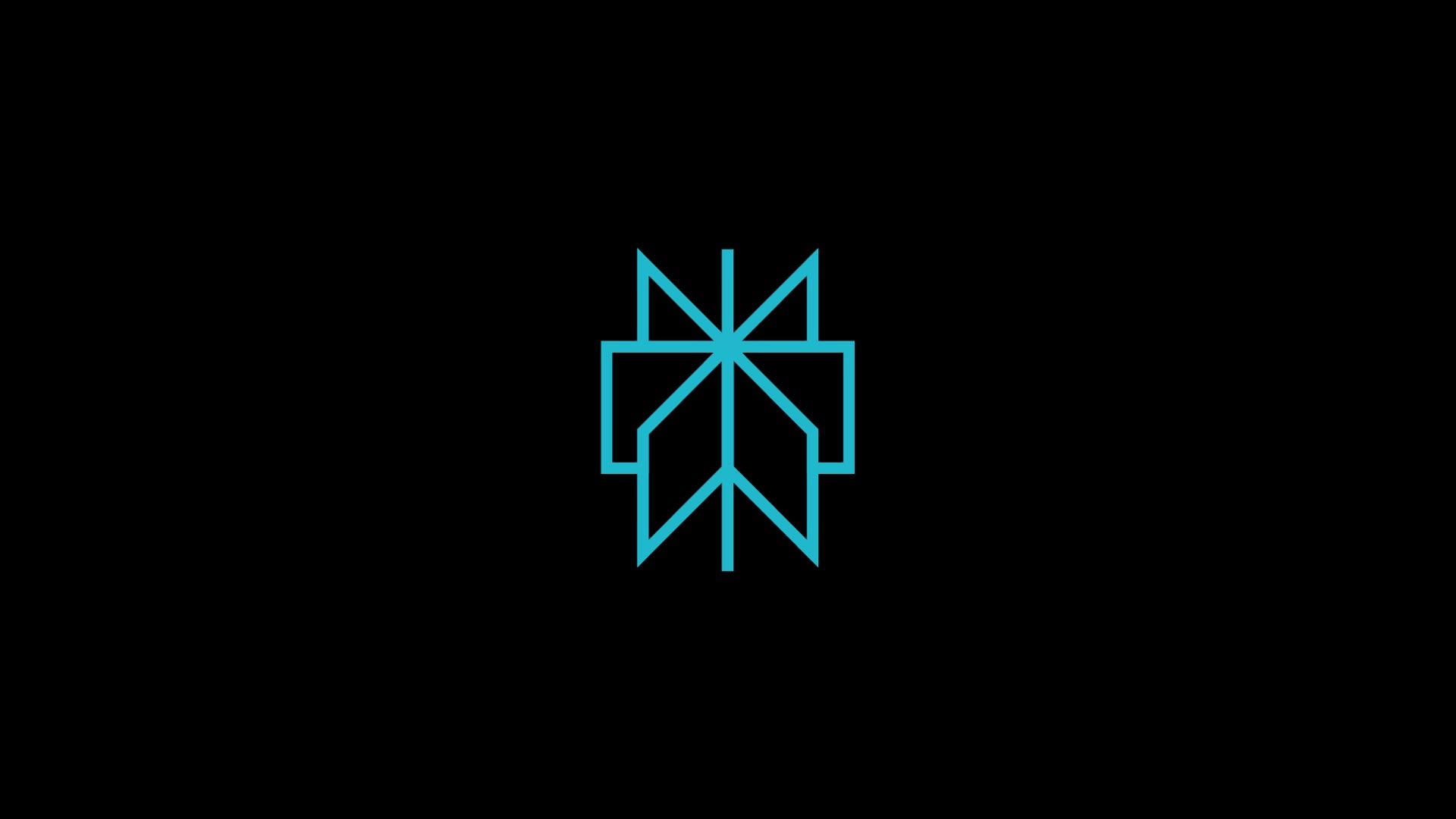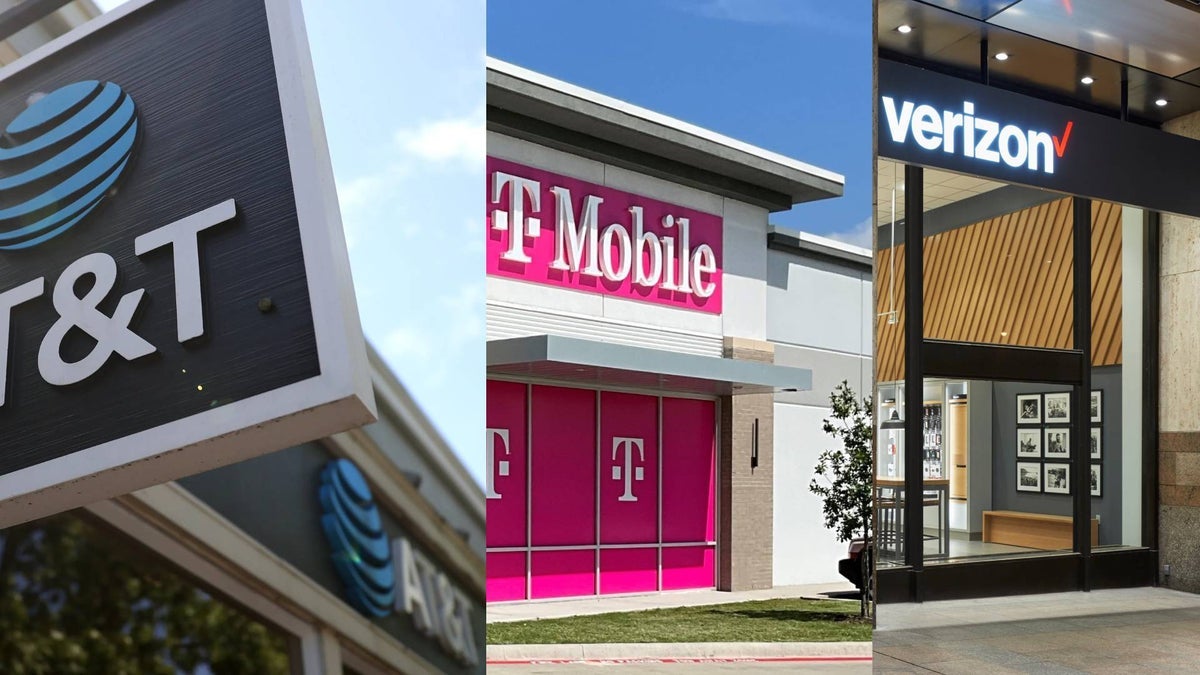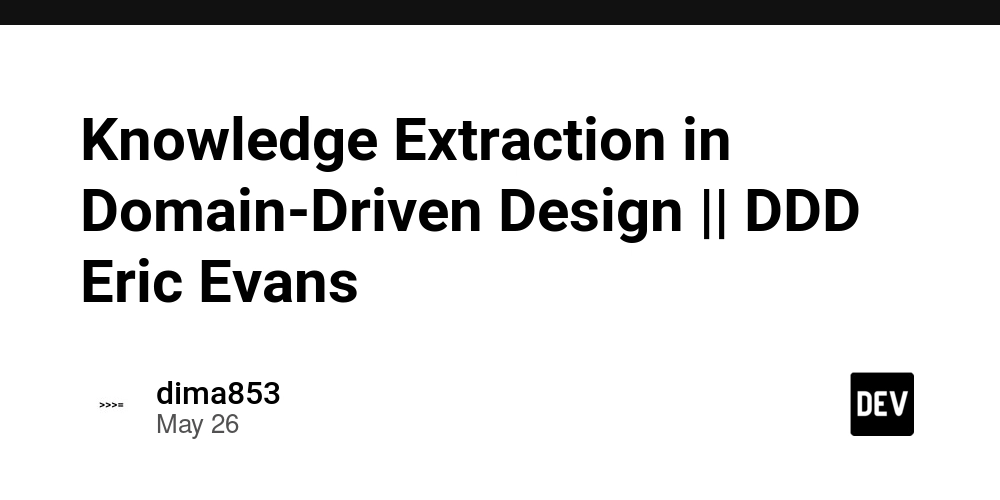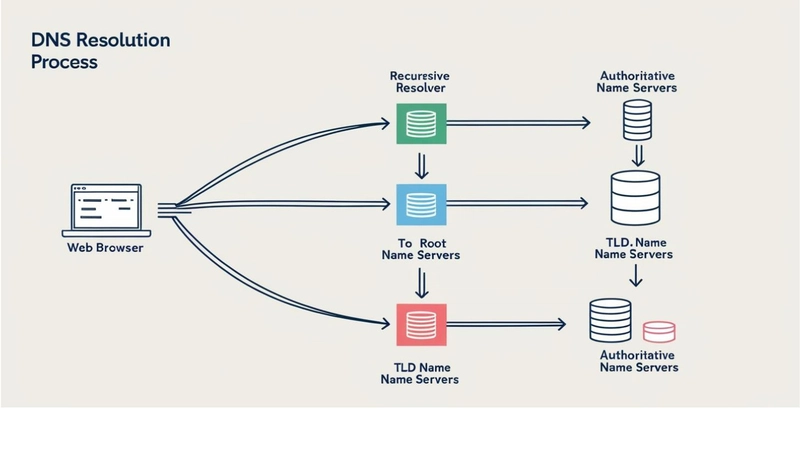How AWS Strengthens Cloud-Native Solutions Against DDoS Threats
In today's digital landscape, ensuring the availability and resilience of your online services is paramount. Distributed Denial of Service (DDoS) attacks, which flood systems with excessive traffic to disrupt operations, remain a significant concern. For today AWS displays such statistic: Transitioning to cloud-native architectures can alleviate some of these challenges. Platforms like Amazon Web Services (AWS) offer integrated tools that help safeguard your applications against such threats. Understanding AWS's DDoS Protection Tools AWS provides a suite of services designed to defend against DDoS attacks: AWS Shield: This service offers two tiers: Shield Standard: Automatically included at no extra cost, it protects against common network and transport layer attacks. Shield Advanced: Provides enhanced protection against larger and more sophisticated attacks, including application layer threats. It also offers real-time attack visibility and access to AWS's DDoS Response Team. (Near $3,000 / month) Amazon CloudFront: A content delivery network (CDN) that distributes your content globally, reducing latency and absorbing DDoS traffic at edge locations. It integrates with AWS WAF to filter malicious traffic before it reaches your servers. To optimize your cloud spending, focus on critical features and consider AWS Security Savings Bundle if you have near consistent workloads. Read more details in next articles. Elastic Load Balancing (ELB): Distributes incoming traffic across multiple targets, such as EC2 instances and containers, enhancing fault tolerance and maintaining performance during attacks. Amazon Route 53: A scalable Domain Name System (DNS) service that helps protect against DNS-based DDoS attacks by distributing traffic and reducing latency. Best Practices for DDoS Resiliency To bolster your cloud-native applications against DDoS threats: Limit Exposure: Place resources behind CDNs and load balancers, and restrict direct internet access to critical components. Enable Auto Scaling: Allow your infrastructure to automatically scale to handle unexpected traffic surges without compromising performance. Use AWS WAF: Implement the Web Application Firewall to create custom rules that block common attack patterns. Monitor Traffic: Utilize Amazon CloudWatch to observe traffic patterns and set up alerts for anomalies, enabling swift responses to potential threats. Engage AWS DRT: If subscribed to Shield Advanced, leverage the AWS DDoS Response Team's expertise during significant attack events. The Financial Impact of DDoS Attacks DDoS attacks can have substantial financial implications. According to McKinsey, the average cost for every minute of internet downtime during a DDoS attack is $22,000, with cost for some companies reaching up to $100,000 per minute. A single-day outage affecting over 5,000 companies could result in losses of approximately $160 billion, and a seven-day outage could exceed $1 trillion. Conclusion Protecting your cloud-native solutions is crucial in today's threat landscape. By leveraging AWS's DDoS protection services and adhering to best practices, you can enhance your application's resilience against attacks, ensuring continuous service and maintaining customer trust. Stay safe, OptiTech.dev team.

In today's digital landscape, ensuring the availability and resilience of your online services is paramount. Distributed Denial of Service (DDoS) attacks, which flood systems with excessive traffic to disrupt operations, remain a significant concern. For today AWS displays such statistic:
Transitioning to cloud-native architectures can alleviate some of these challenges. Platforms like Amazon Web Services (AWS) offer integrated tools that help safeguard your applications against such threats.
Understanding AWS's DDoS Protection Tools
AWS provides a suite of services designed to defend against DDoS attacks:
-
AWS Shield: This service offers two tiers:
- Shield Standard: Automatically included at no extra cost, it protects against common network and transport layer attacks.
- Shield Advanced: Provides enhanced protection against larger and more sophisticated attacks, including application layer threats. It also offers real-time attack visibility and access to AWS's DDoS Response Team. (Near $3,000 / month)
Amazon CloudFront: A content delivery network (CDN) that distributes your content globally, reducing latency and absorbing DDoS traffic at edge locations. It integrates with AWS WAF to filter malicious traffic before it reaches your servers. To optimize your cloud spending, focus on critical features and consider AWS Security Savings Bundle if you have near consistent workloads. Read more details in next articles.
- Elastic Load Balancing (ELB): Distributes incoming traffic across multiple targets, such as EC2 instances and containers, enhancing fault tolerance and maintaining performance during attacks.
- Amazon Route 53: A scalable Domain Name System (DNS) service that helps protect against DNS-based DDoS attacks by distributing traffic and reducing latency.
Best Practices for DDoS Resiliency
To bolster your cloud-native applications against DDoS threats:
- Limit Exposure: Place resources behind CDNs and load balancers, and restrict direct internet access to critical components.
- Enable Auto Scaling: Allow your infrastructure to automatically scale to handle unexpected traffic surges without compromising performance.
- Use AWS WAF: Implement the Web Application Firewall to create custom rules that block common attack patterns. Monitor Traffic: Utilize Amazon CloudWatch to observe traffic patterns and set up alerts for anomalies, enabling swift responses to potential threats.
- Engage AWS DRT: If subscribed to Shield Advanced, leverage the AWS DDoS Response Team's expertise during significant attack events.
The Financial Impact of DDoS Attacks
DDoS attacks can have substantial financial implications. According to McKinsey, the average cost for every minute of internet downtime during a DDoS attack is $22,000, with cost for some companies reaching up to $100,000 per minute. A single-day outage affecting over 5,000 companies could result in losses of approximately $160 billion, and a seven-day outage could exceed $1 trillion.
Conclusion
Protecting your cloud-native solutions is crucial in today's threat landscape. By leveraging AWS's DDoS protection services and adhering to best practices, you can enhance your application's resilience against attacks, ensuring continuous service and maintaining customer trust.
Stay safe, OptiTech.dev team.




















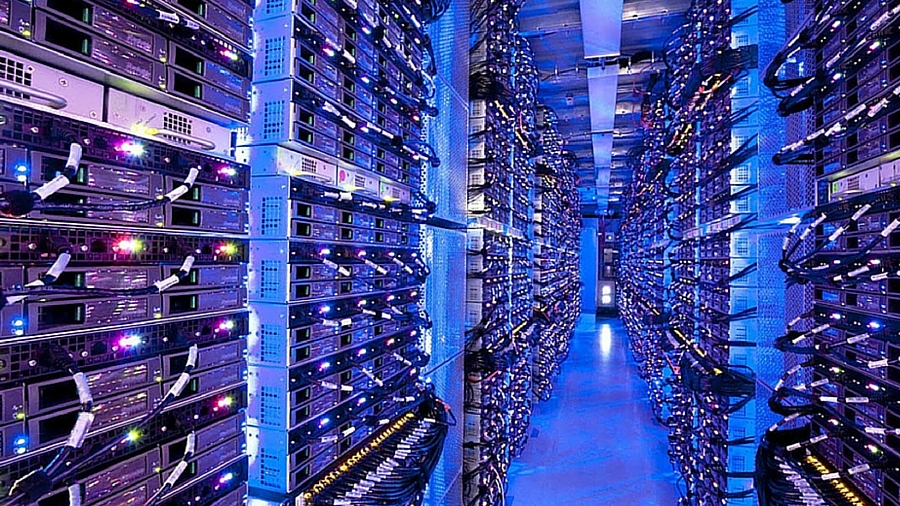









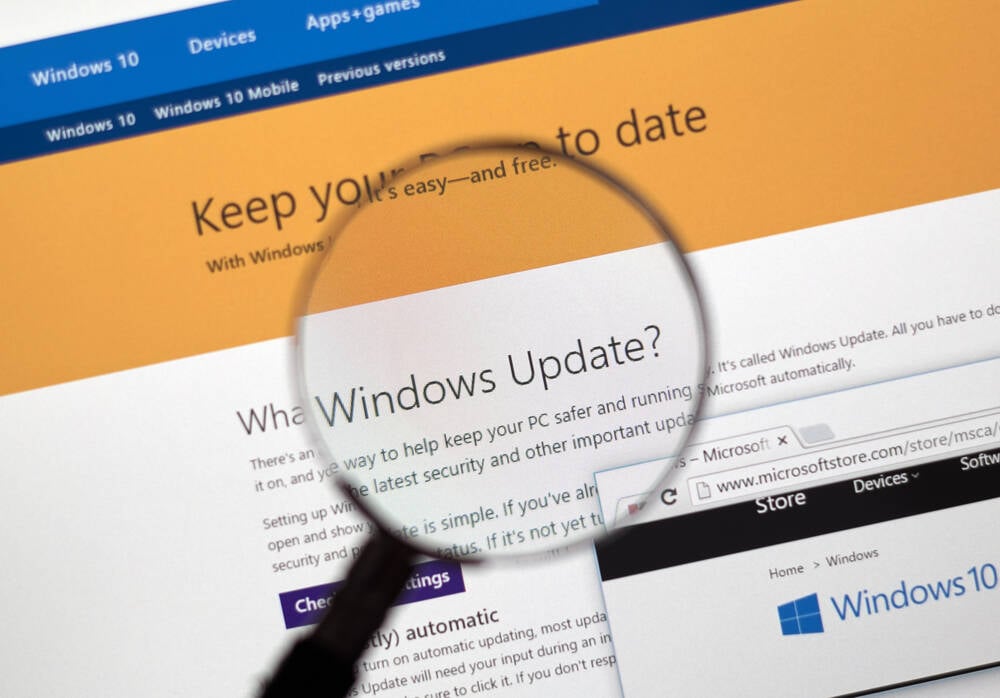





































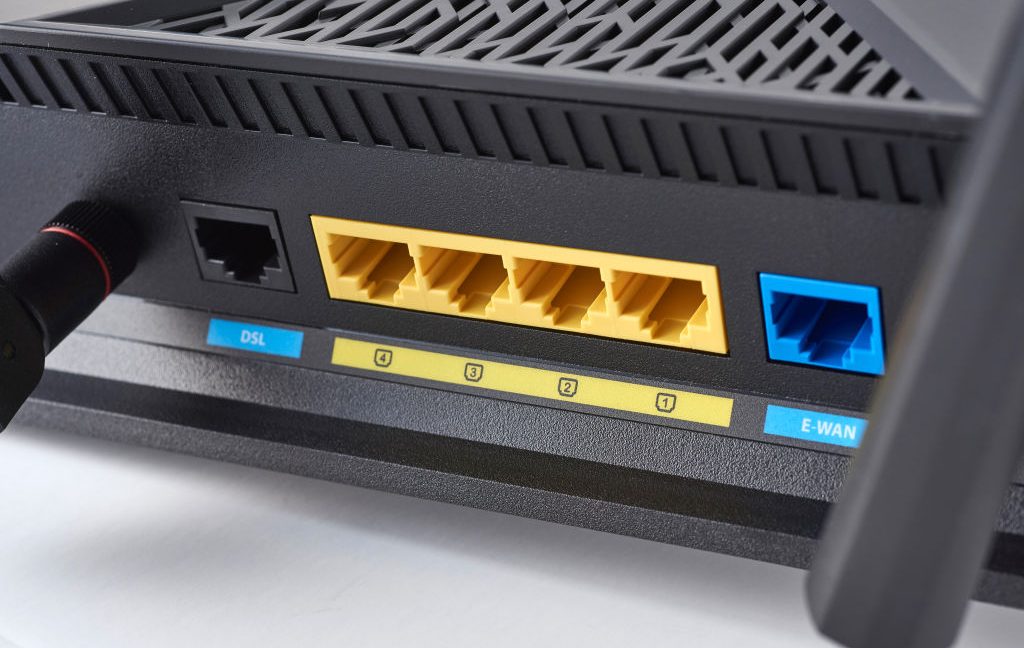



















































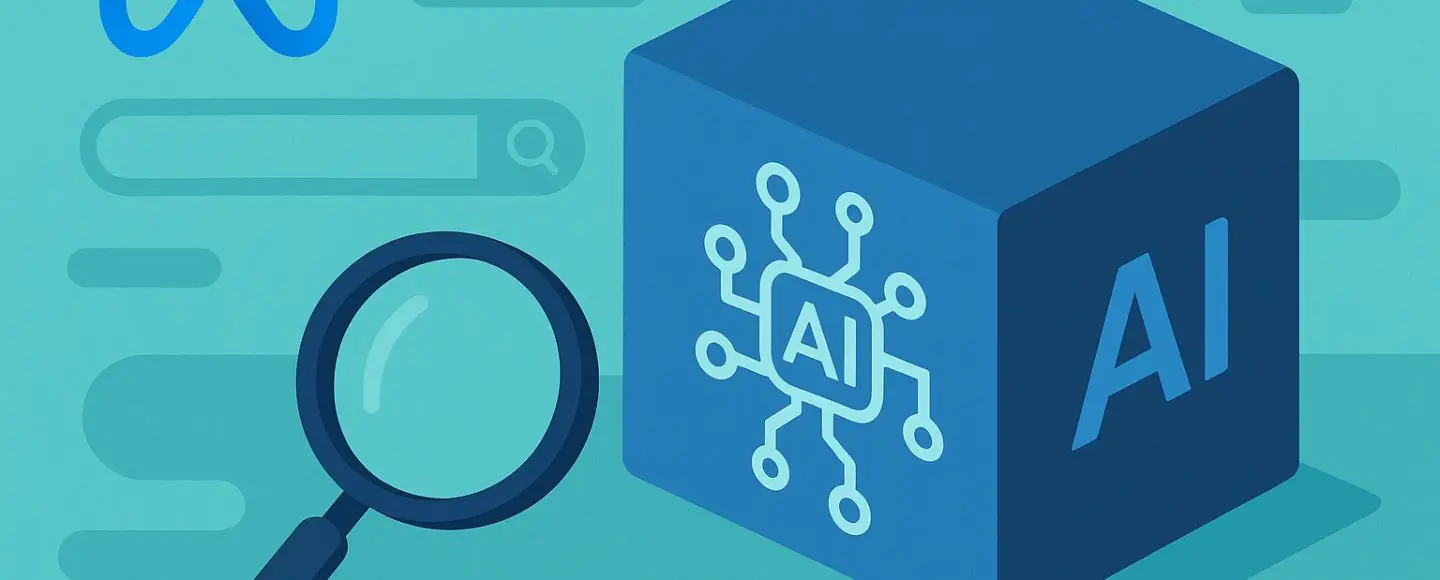






















































![[The AI Show Episode 150]: AI Answers: AI Roadmaps, Which Tools to Use, Making the Case for AI, Training, and Building GPTs](https://www.marketingaiinstitute.com/hubfs/ep%20150%20cover.png)
![[The AI Show Episode 149]: Google I/O, Claude 4, White Collar Jobs Automated in 5 Years, Jony Ive Joins OpenAI, and AI’s Impact on the Environment](https://www.marketingaiinstitute.com/hubfs/ep%20149%20cover.png)









































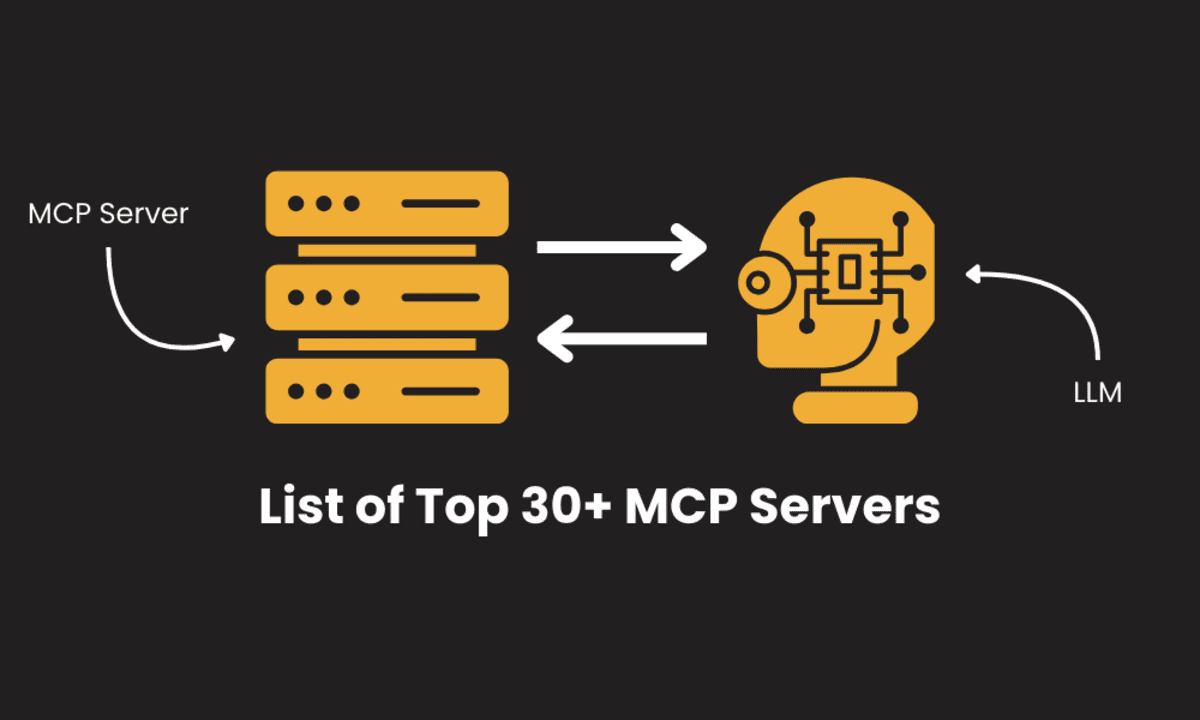
















































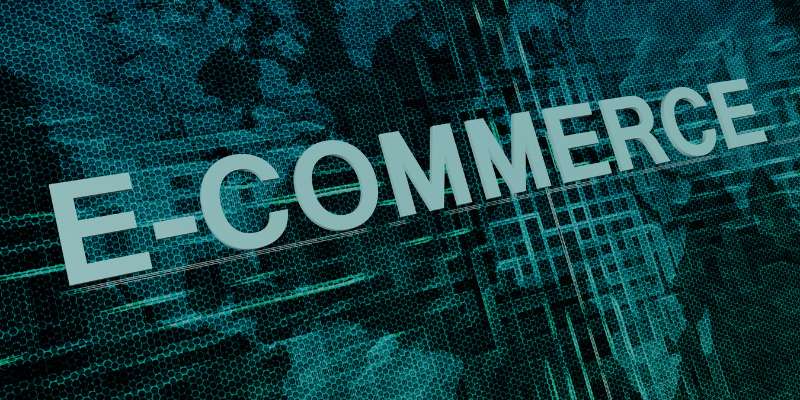




































![[PHP] Upgrading from PHP 7.4 to 8.1](https://media2.dev.to/dynamic/image/width%3D1000,height%3D500,fit%3Dcover,gravity%3Dauto,format%3Dauto/https:%2F%2Fdev-to-uploads.s3.amazonaws.com%2Fuploads%2Farticles%2Fqmaaabplfbcjejg2rr5n.png)






































































































































_ArtemisDiana_Alamy.jpg?width=1280&auto=webp&quality=80&disable=upscale#)
















































































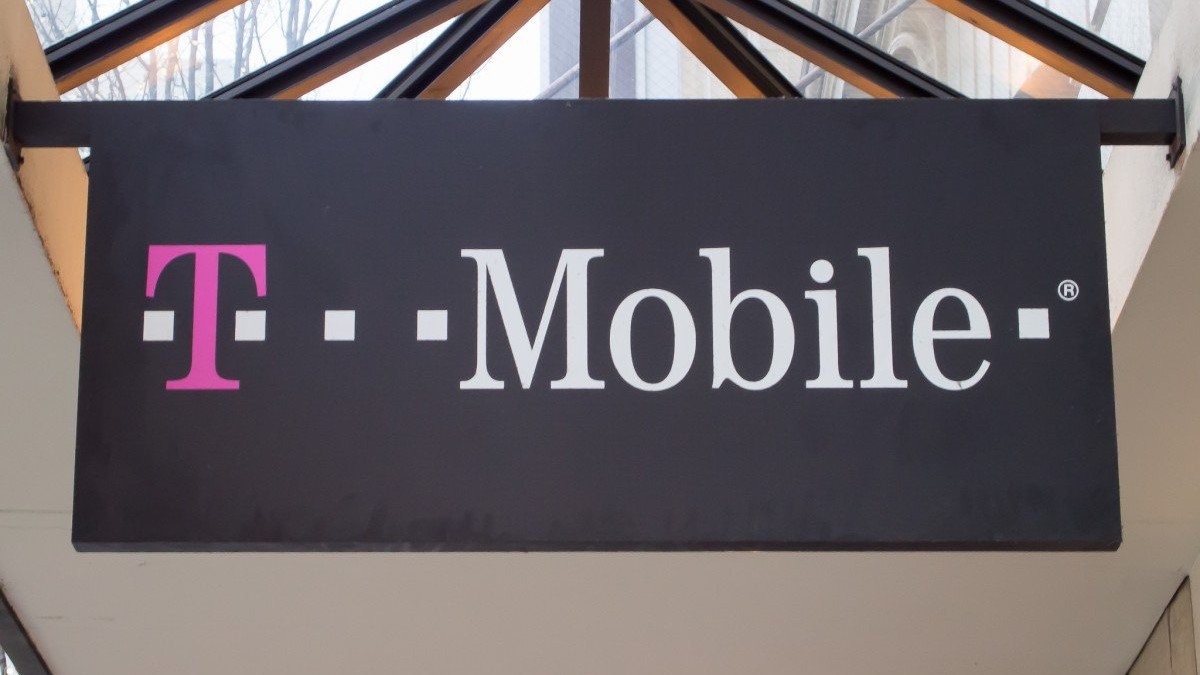

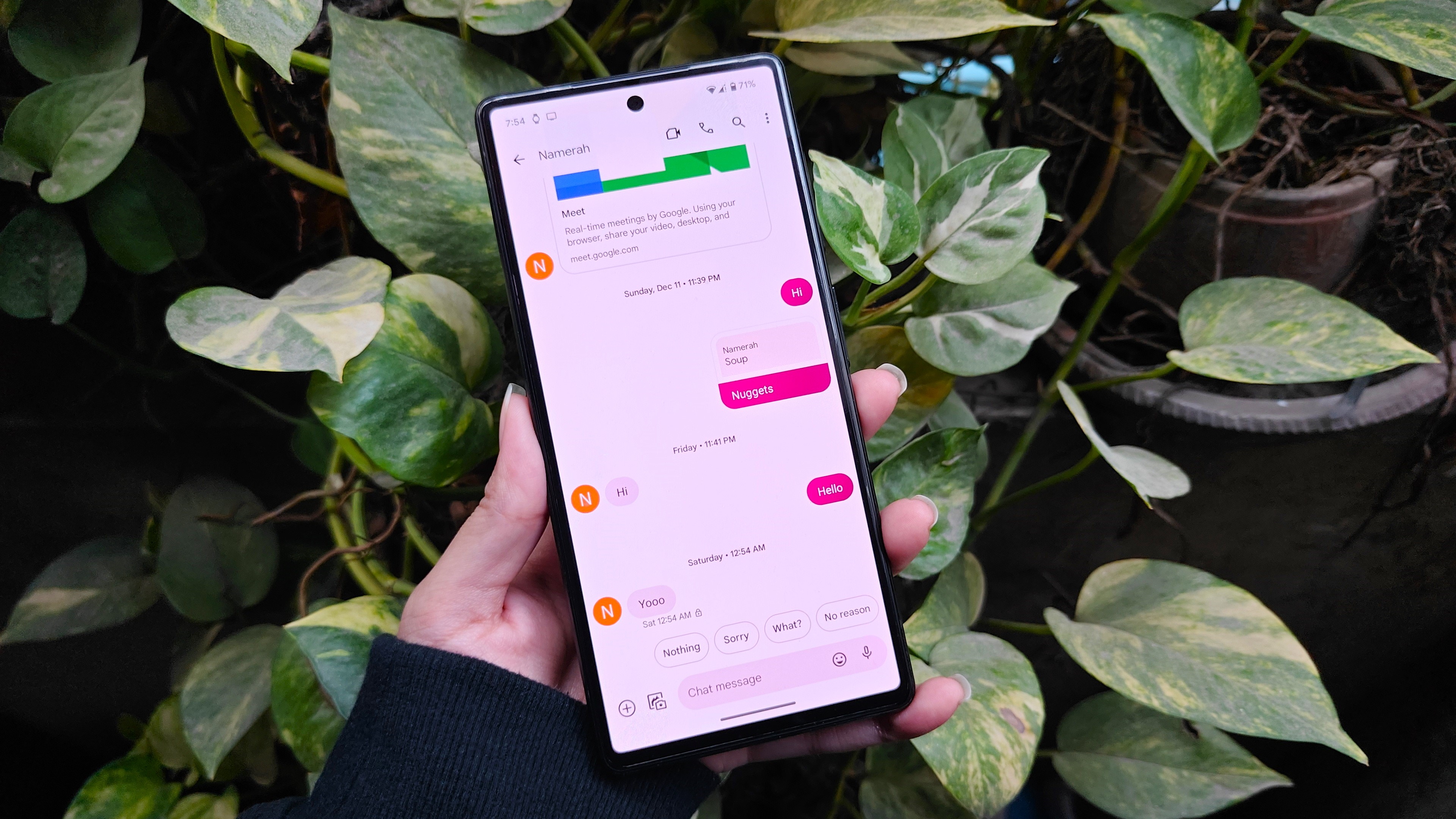









![Google TV is finally preparing sleep timer support as app readies Material 3 Expressive [Gallery]](https://i0.wp.com/9to5google.com/wp-content/uploads/sites/4/2024/01/google-tv-logo.jpg?resize=1200%2C628&quality=82&strip=all&ssl=1)









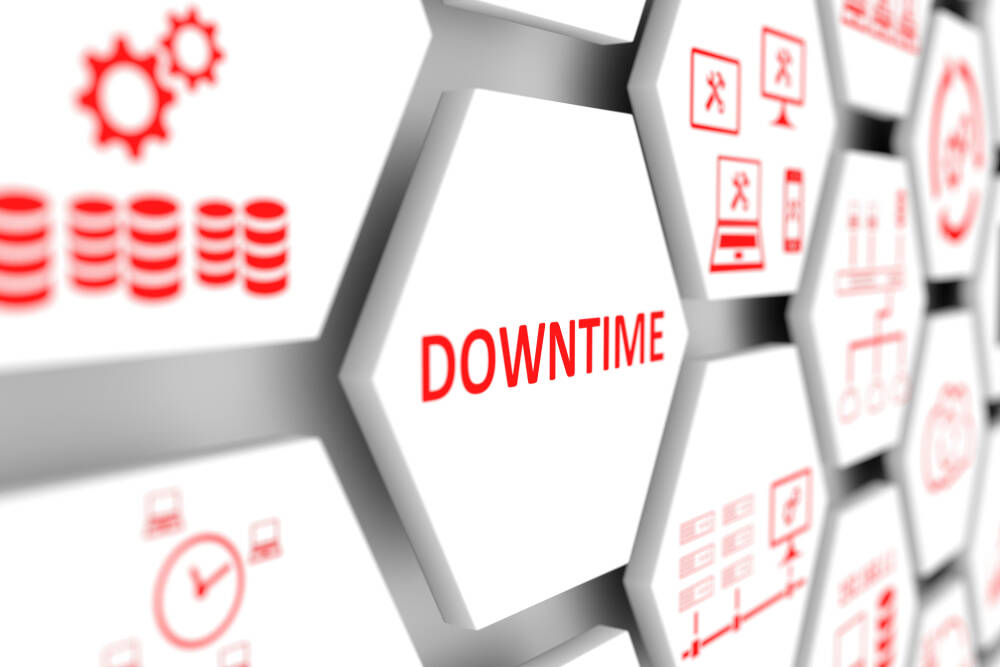



![Apple Shares Official Trailer for 'Smoke' Starring Taron Egerton [Video]](https://www.iclarified.com/images/news/97453/97453/97453-640.jpg)
![Apple's M4 Mac Mini Drops to $488.63, New Lowest Price Ever [Deal]](https://www.iclarified.com/images/news/97456/97456/97456-1280.jpg)










































